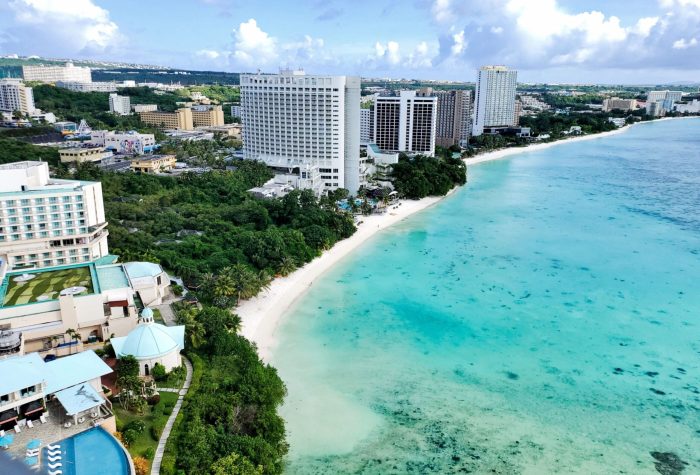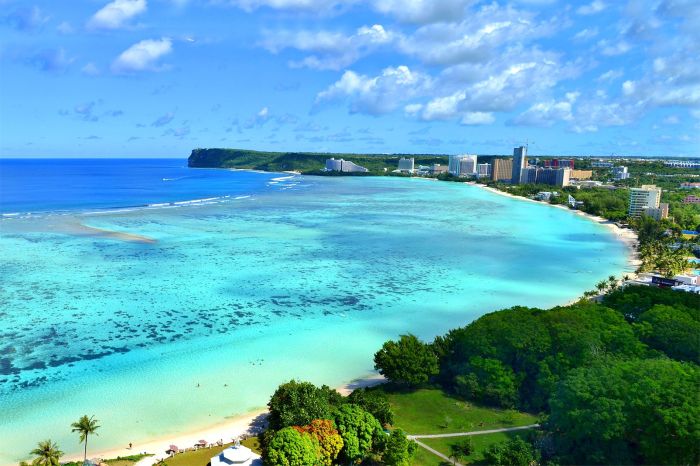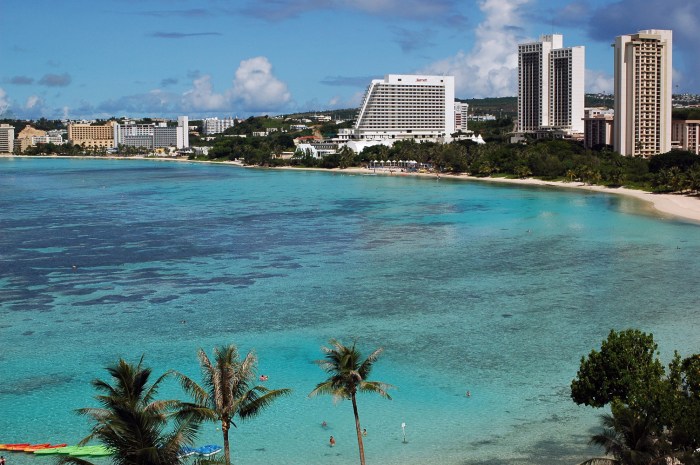Which possession or protectorate is farthest from the united states – Embark on a captivating journey to discover the U.S. possession that resides at the greatest distance from its mainland, a tale that unfolds amidst geographical intrigue and historical significance.
Venturing beyond the continental boundaries of the United States, this exploration delves into the factors that shape the remoteness of these territories, examining the interplay of latitude, longitude, ocean currents, and tectonic plate boundaries.
Geographical Extent of U.S. Possessions and Protectorates
The United States possesses and protects a number of territories that are geographically distant from the U.S. mainland. These territories vary in size, population, and strategic importance. The table below provides an overview of the most distant U.S. possessions and protectorates, along with their distance from the U.S.
mainland and their location:
| Possession/Protectorate | Distance from U.S. Mainland | Location |
|---|---|---|
| Guam | 8,000 miles | Pacific Ocean |
| American Samoa | 9,000 miles | Pacific Ocean |
| Northern Mariana Islands | 9,500 miles | Pacific Ocean |
| Puerto Rico | 1,000 miles | Caribbean Sea |
| U.S. Virgin Islands | 1,500 miles | Caribbean Sea |
Factors Influencing Distance

The distance of U.S. possessions and protectorates from the U.S. mainland is influenced by a number of geographical factors, including:
- Latitude and longitude:The latitude and longitude of a territory determine its position on the globe and its distance from other locations.
- Ocean currents:Ocean currents can affect the distance between two points by speeding up or slowing down travel time.
- Tectonic plate boundaries:Tectonic plate boundaries can create underwater ridges and mountains that can make travel between two points more difficult.
Historical Context

The United States acquired many of its possessions and protectorates during the 19th century as part of its expansionist policy. These territories were seen as strategic military bases, sources of raw materials, and markets for American goods. In some cases, the U.S.
also acquired territories as a result of war or treaty.
For example, the U.S. acquired Guam and Puerto Rico as a result of the Spanish-American War in 1898. The U.S. acquired the Philippines as a result of the Treaty of Paris in 1898. The U.S. acquired the Northern Mariana Islands as a result of the Treaty of Versailles in 1919.
Socioeconomic Implications

The possession and protection of territories far from the U.S. mainland has a number of socioeconomic implications, including:
- Economic dependency:Many U.S. possessions and protectorates are economically dependent on the U.S. for financial aid, trade, and investment.
- Cultural exchange:The possession and protection of territories far from the U.S. mainland has led to a significant amount of cultural exchange between the U.S. and these territories.
- Political representation:U.S. possessions and protectorates have varying degrees of political representation in the U.S. government. For example, Puerto Rico is a U.S. territory with a non-voting representative in the U.S.
House of Representatives.
Contemporary Challenges and Opportunities: Which Possession Or Protectorate Is Farthest From The United States

The possession and protection of territories far from the U.S. mainland presents a number of contemporary challenges and opportunities, including:
- Climate change:Climate change is a major threat to many U.S. possessions and protectorates, which are often located in low-lying areas that are vulnerable to sea level rise and other climate-related hazards.
- Globalization:Globalization is a major challenge and opportunity for U.S. possessions and protectorates. Globalization can lead to increased economic growth and development, but it can also lead to increased competition and economic inequality.
- Technological advancements:Technological advancements are a major opportunity for U.S. possessions and protectorates. Technological advancements can lead to improved communication, transportation, and economic development.
FAQ
Which U.S. possession is the farthest from the mainland?
Wake Island, a remote atoll in the western Pacific Ocean, holds the distinction of being the farthest U.S. possession from the mainland, located approximately 2,300 miles west of Hawaii.
What factors contribute to the distance of U.S. possessions from the mainland?
A combination of geographical factors, including latitude, longitude, ocean currents, and tectonic plate boundaries, influences the distance of U.S. possessions from the mainland.
What historical events led to the acquisition of U.S. possessions far from the mainland?
Colonial expansion, strategic military considerations, and economic interests played significant roles in the acquisition of U.S. possessions far from the mainland.